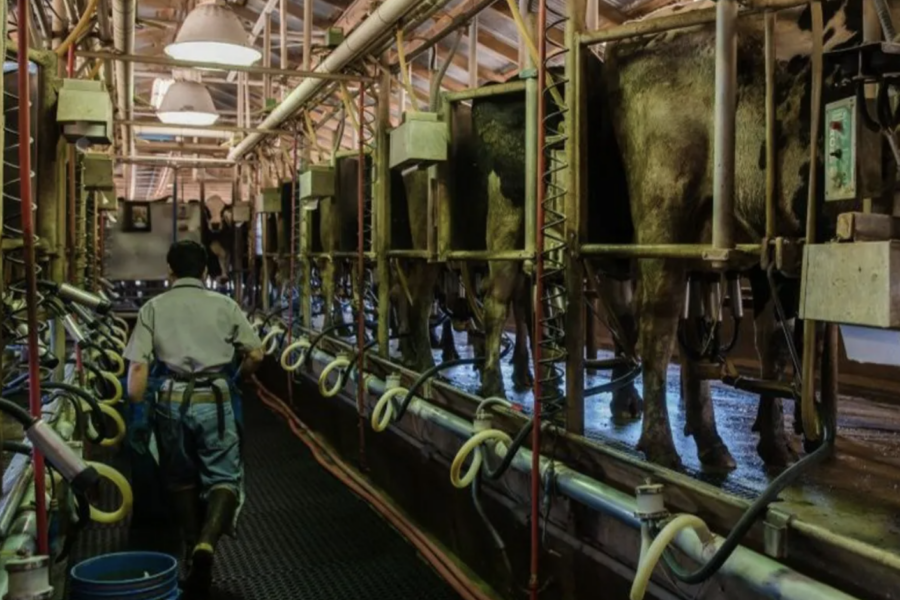BBC For the past 12 years, Freddy Morales has spent most of his time in close proximity to America’s dairy cows, working on several of the country’s thousands of dairy farms.
Despite having a job that requires coming into close contact with the animals and regularly sticking medicine down their throats, Mr Morales had not heard of the bird flu virus spreading among US cattle and sickening some dairy workers until very recently.
“I don’t have the immune system I used to have,” the 37-year-old told the BBC through a Spanish translator. “Hearing about this, it’s definitely worrisome.”
The disease has found a new foothold in the US by infecting dairy cows and at least 10 people in recent months.
Since April, four dairy workers have tested positive for bird flu, or H5N1, in an outbreak that has been connected to dairy herds in 13 states. Last week, the Centers for Disease Control and Prevention (CDC) confirmed that another six poultry workers in Colorado tested positive – and the agency is testing a possible seventh case on Tuesday.
US offiicials have said the strain that infected the poultry workers is closely related to the one infecting cattle and dairy workers, raising concerns about a growing number of infections.
So far, the farm workers’ cases have been fairly mild and there have been no documented instances of human-to-human transmission.
But scientists, advocates, and farm workers worry that the recent cases could indicate that infection numbers are larger than known among the country’s 2.6 million farm workers, as the virus has been detected in 161 livestock herds and millions of chickens and turkeys despite testing not always being extensive.
